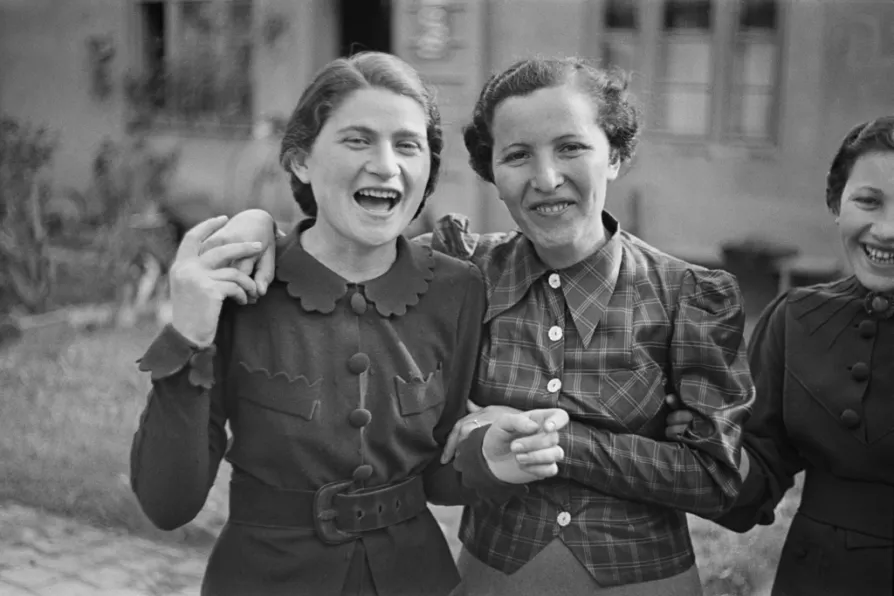RICHARD MURGATROYD enjoys a readable account of the life and meditations of one of the few Roman emperors with a good reputation
Life in acute focus
TOM KING recommends two outstanding exhibitions of Roman Vishniac's documentary photographs

 Three women, Mukacevo, ca. 1935-38
[Roman Vishniac]
Three women, Mukacevo, ca. 1935-38
[Roman Vishniac]
Roman Vishniac Rediscovered
Jewish Museum and Photographers’ Gallery, London
YOU would struggle to find a more comprehensive study of Jewish life in the 20th century than that carried out by Roman Vishniac, whose extraordinary body of work is currently on show at both the Photographers’ Gallery and the Jewish Museum in London.
Burlesque dancer entertaining servicemen and other patrons while balancing a glass on her head, Leon & Eddie's, 52nd Street, New York, 1945 (Pic: Roman Vishniac )
Similar stories

Peter Mitchell's photography reveals a poetic relationship with Leeds

Ben Cowles speaks with IAN ‘TREE’ ROBINSON and ANDY DAVIES, two of the string pullers behind the Manchester Punk Festival, ahead of its 10th year show later this month

JAN WOOLF wallows in the historical mulch of post WW2 West Germany, and the resistant, challenging sense made of it by Anselm Kiefer

The Morning Star sorts the good eggs from the rotten scoundrels of the year










